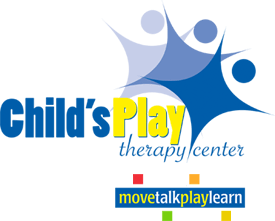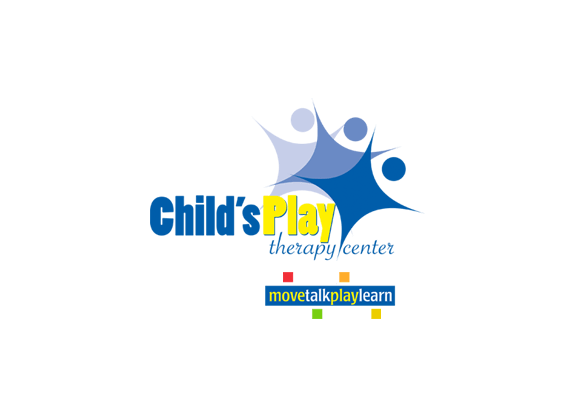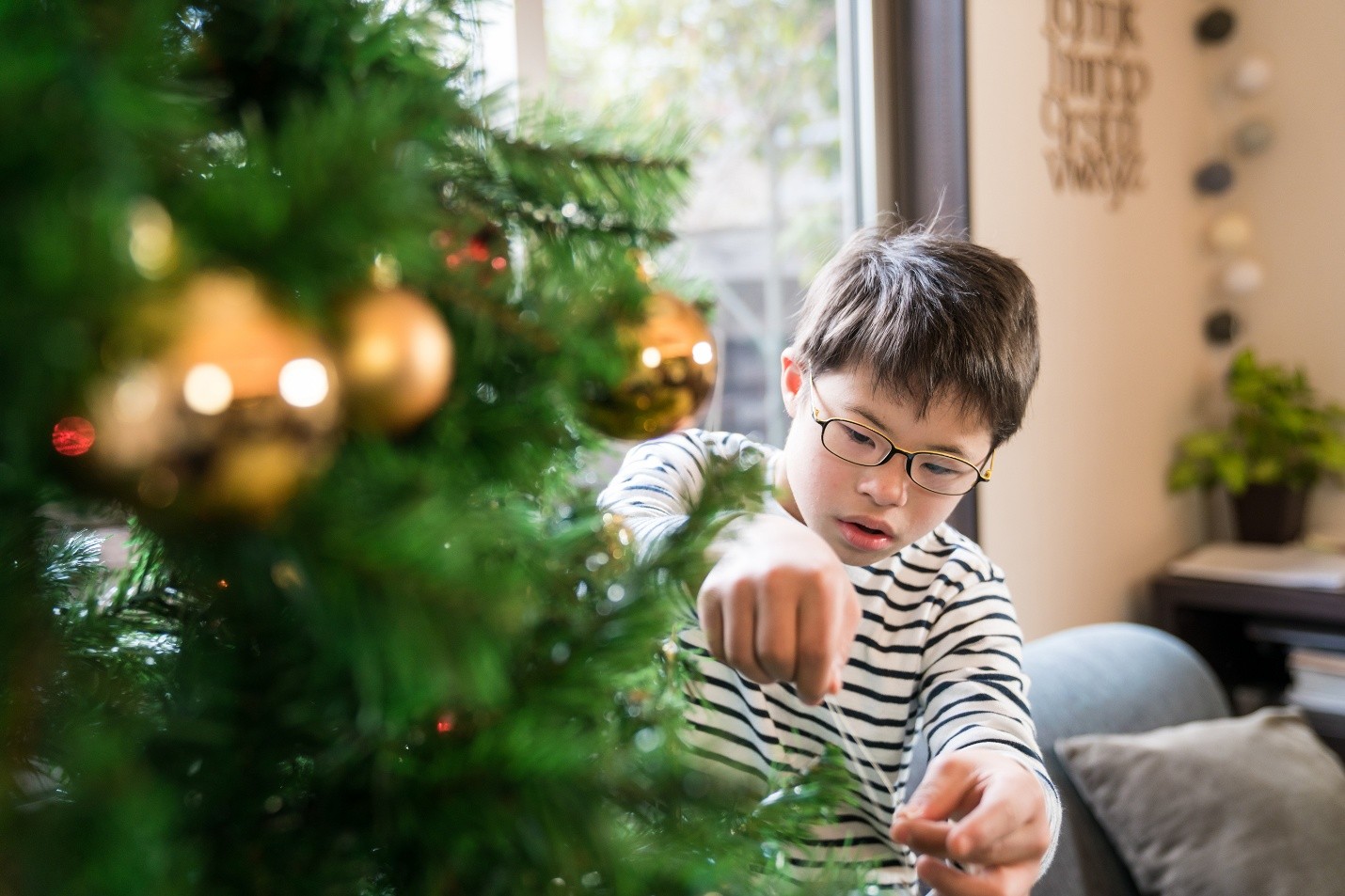 General Information
General Information
- Halloween can be very overwhelming for children with sensory processing challenges
- With special planning for your child’s needs and preferences, Halloween can be enjoyable.
- Remember to encourage your child to use previously established self-regulating strategies. Adults can remind the child to use deep breathing, deep pressure, and similar strategies to remain optimally regulated.
- Use books and social stories to prepare your child for many of the Halloween sights, sounds and routines.
Costumes
- For several weeks before Halloween, provide opportunities for your child to practice wearing a variety of potential costumes. The child should develop a preference and be more prepared for the “real event”.
- Do not compel your child to wear a mask or other uncomfortable clothing.
- Offer your child a costume that is comfortable. Perhaps a soft cotton sweat suit with a seasonal design on the front of the shirt. Add a tail to soft sweatpants or attach bunny ears to the hood of a sweatshirt.
- If your child opts to wear a costume, bring along a comfortable Halloween themed alternative if he/she can no longer tolerate the costume.
Going House to House
- Some children are just not ready to go from house to house. Perhaps the child could be the person that passes out the treats at his own house.
- Some children may be ready to walk to a few houses, but may become overwhelmed by face to face encounters with strangers. Perhaps the child’s sibling or friend could collect the treat.
- Your child may benefit from starting early to avoid the dark.
- Some children may benefit from “trick or treating” at one or two homes. Select places your child is familiar and comfortable with, such as grandparents and other close relatives/friends.
- For several weeks before Halloween, provide opportunities for your child to practice “trick or treating” while in their home. He/she may approach family members to role play the “trick or treat” experience.
Halloween Parties
- Your child may need to be one of the first to arrive when the crowd is small. At the beginning of the party there should be less noise (auditory) and things to look at (visual input)
- Your child may need to be one of the first to depart, before the experience becomes too intense.
- Look for a place to take your child if a retreat is needed. Even a brief time in the car may suffice.
We hope that providing you with these Halloween tips & tools will help with the most important job there is… helping children grow.
Courtesy of ToolsToGrowOT.com





